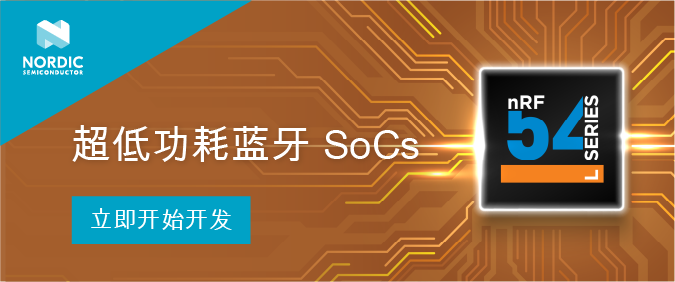
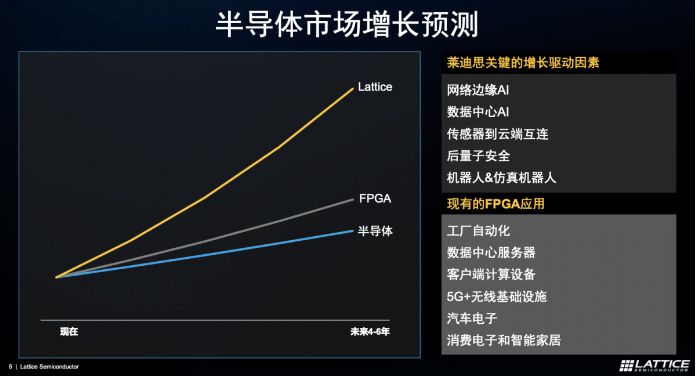
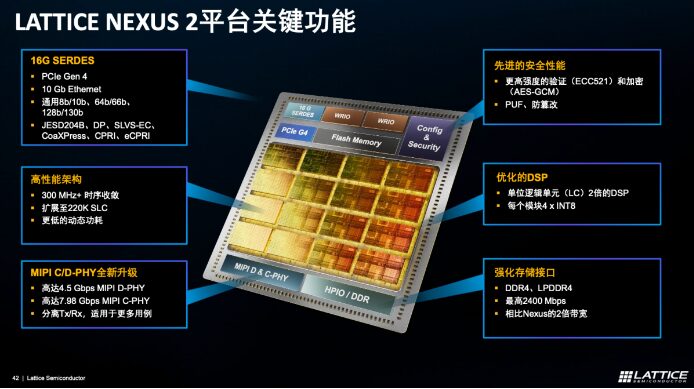
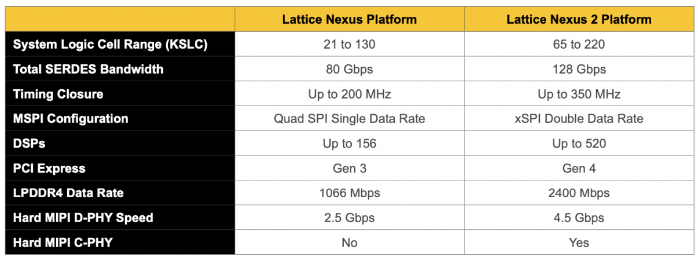
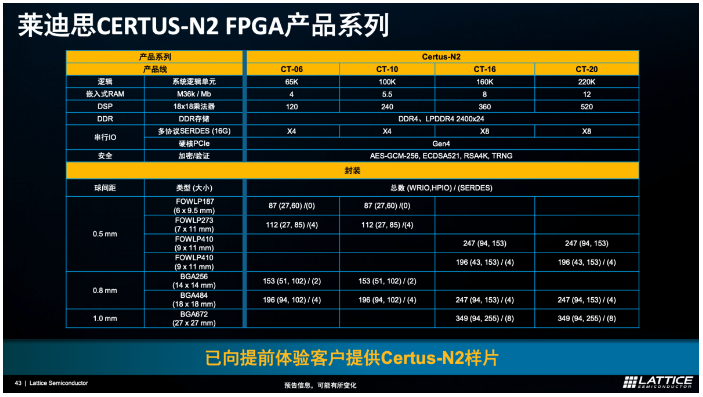
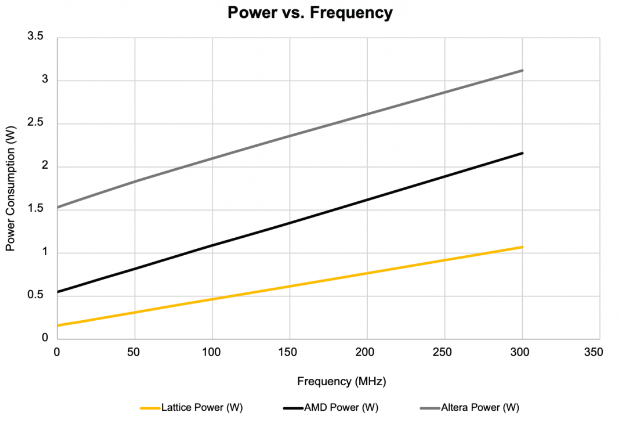
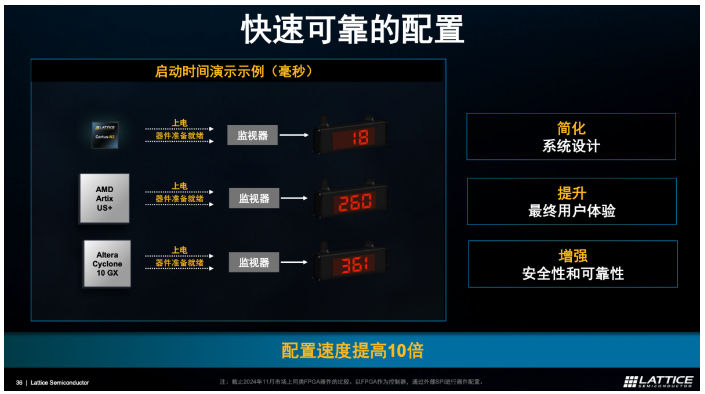


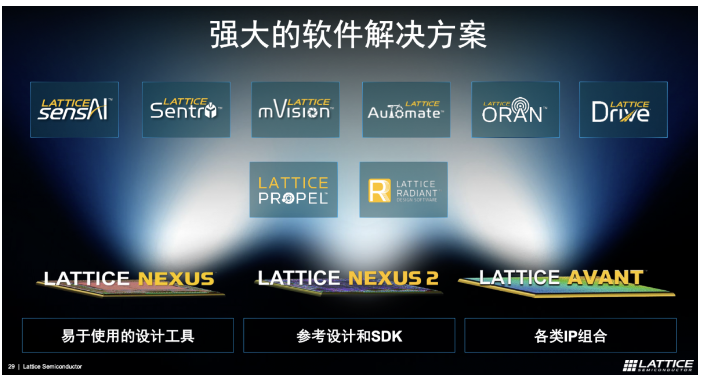
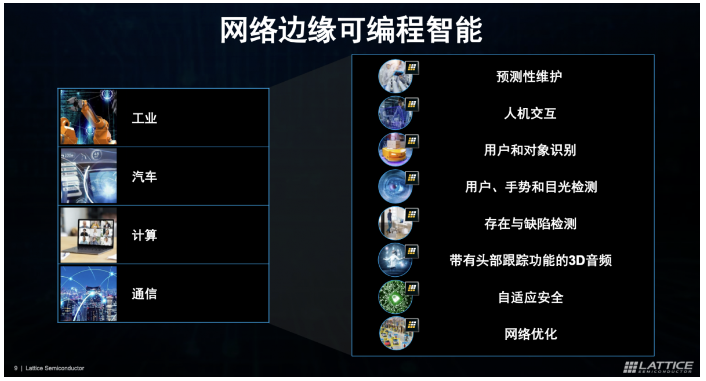

-
German Imported WiFi Signal Booster, After Opening… This Circuit is Amazing
-
I Took a Walk Around Huaqiangbei and Found Some New Gadgets…
-
From CoWoS to CoPoS, Chips Transition from Round to Square
-
65 Chinese Scholars Selected as IEEE Fellows in 2025
-
CT Inspected Data Cables, Maliciously Embedded Chips!